Rising Demand for Traceability
The increasing emphasis on traceability within the supply chain is a pivotal driver for the Internet of Packaging Market. Consumers and businesses alike are demanding transparency regarding product origins and handling. This trend is particularly pronounced in sectors such as food and pharmaceuticals, where safety and authenticity are paramount. According to recent data, approximately 70% of consumers express a preference for brands that provide detailed product information. Consequently, packaging solutions that incorporate IoT technologies, such as RFID tags and QR codes, are gaining traction. These technologies enable real-time tracking and monitoring, thereby enhancing supply chain efficiency and consumer trust. As a result, the Internet of Packaging Market is likely to witness substantial growth as companies invest in smart packaging solutions that facilitate traceability.
Advancements in IoT Technologies
Technological advancements in IoT are significantly influencing the Internet of Packaging Market. Innovations such as sensors, smart labels, and connected devices are transforming traditional packaging into interactive and intelligent solutions. These advancements allow for real-time data collection and analysis, which can optimize inventory management and reduce waste. For instance, the integration of temperature and humidity sensors in packaging can ensure product quality during transit. Market data indicates that the adoption of IoT technologies in packaging is expected to grow at a compound annual growth rate of over 20% in the coming years. This growth is driven by the need for enhanced operational efficiency and improved customer experiences, positioning the Internet of Packaging Market as a key player in the broader IoT ecosystem.
Regulatory Compliance and Standards
The evolving landscape of regulatory compliance is a crucial driver for the Internet of Packaging Market. Governments and regulatory bodies are increasingly implementing stringent guidelines regarding packaging materials, labeling, and waste management. These regulations aim to promote sustainability and consumer safety, compelling companies to adopt smart packaging solutions that meet compliance requirements. For example, the European Union's Packaging and Packaging Waste Directive mandates that packaging must be recyclable or reusable by 2030. As businesses strive to adhere to these regulations, the demand for IoT-enabled packaging solutions that facilitate compliance tracking and reporting is likely to rise. This trend not only enhances brand reputation but also positions the Internet of Packaging Market as a vital component in achieving sustainability goals.
Enhancement of Supply Chain Efficiency
The enhancement of supply chain efficiency is a vital driver for the Internet of Packaging Market. Companies are increasingly recognizing the importance of optimizing their supply chains to reduce costs and improve service levels. IoT-enabled packaging solutions facilitate real-time monitoring of products throughout the supply chain, allowing for better inventory management and reduced spoilage. For instance, smart packaging can provide insights into product conditions during transit, enabling timely interventions when necessary. Market data suggests that businesses implementing IoT technologies in their packaging processes can achieve cost savings of up to 30%. This focus on efficiency not only benefits companies but also enhances customer satisfaction, thereby driving the growth of the Internet of Packaging Market.
Consumer Preference for Sustainable Packaging
The growing consumer preference for sustainable packaging is a significant driver for the Internet of Packaging Market. As environmental awareness increases, consumers are actively seeking products that utilize eco-friendly packaging materials. This shift in consumer behavior is prompting companies to innovate and adopt sustainable practices in their packaging strategies. Industry expert's indicates that nearly 60% of consumers are willing to pay more for products with sustainable packaging. Consequently, the Internet of Packaging Market is witnessing a surge in demand for smart packaging solutions that incorporate biodegradable materials and recycling capabilities. By leveraging IoT technologies, companies can enhance their sustainability efforts while also providing consumers with transparent information about the environmental impact of their packaging choices.


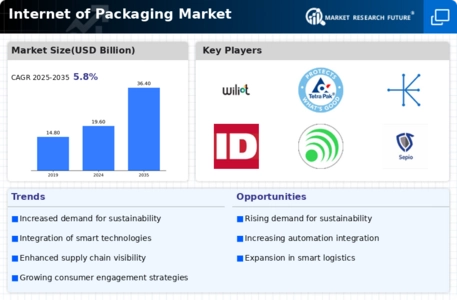
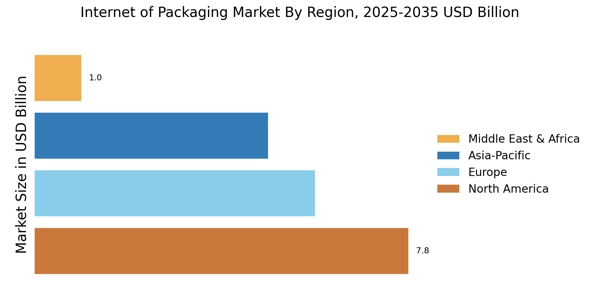
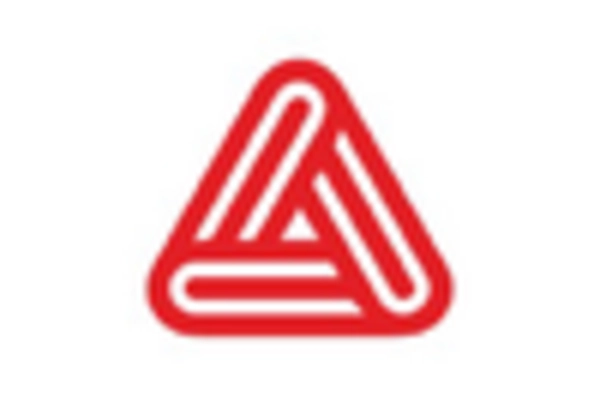

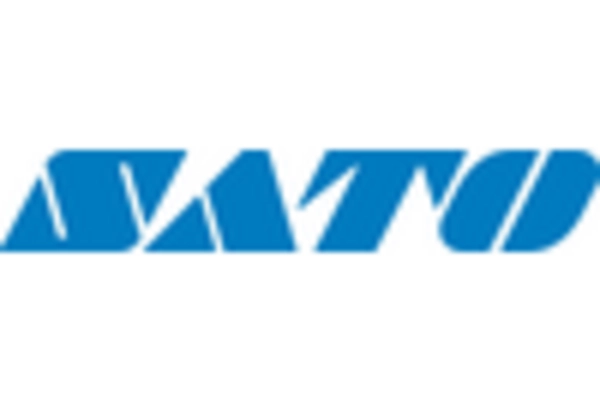
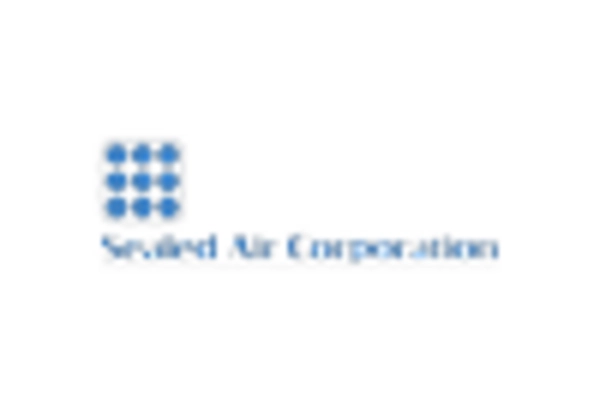
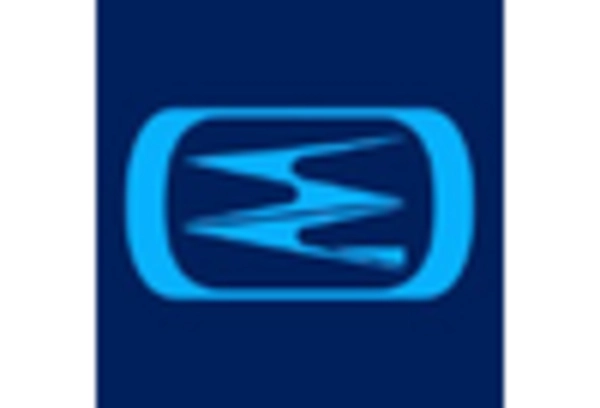









Leave a Comment